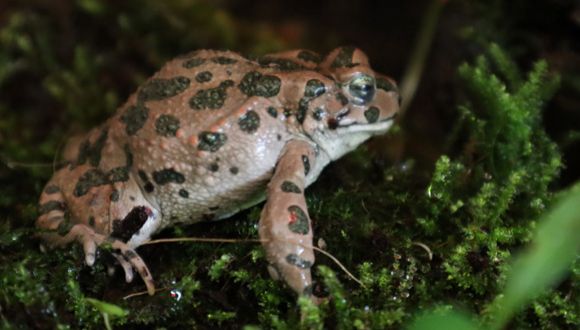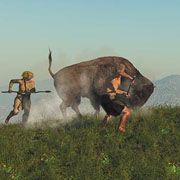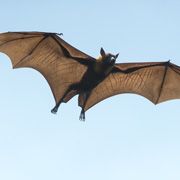New Study Proposes Amendment to Theory on Extinction of Species
The survivability of animal species depends on the number of offspring rather than body size
The accelerated extinction of biodiversity worldwide is one of the most pressing challenges facing humanity today. Thus, for scientists in an age of global warming and rapid destruction of natural habitats, understanding the factors that drive the process of extinction is a very high priority. Researchers from Tel Aviv University took part in a new international study proposing an amendment to the widely accepted theory on the extinction of animal species – by moving the focus from the animal's body size to its reproductive capacity.
Amphibians Defy the Established Theory
The researchers analyzed data from databases on both extinction risks and reproductive capacities of various species of amphibians (e.g., frogs and salamanders) and found gaps and incompatibilities between mammals and amphibians in the relation between body size and extinction risk: Whereas large mammals bear a smaller number of offspring per birth, leading to higher risk of extinction, larger amphibian females lay more eggs, reducing the threat to the species.
Contributors to the international study included Prof. Shai Meiri from the School of Zoology at The George S. Wise Faculty of Life Sciences at Tel Aviv University, alongside researchers from Queen's University Belfast, Nottingham Trent University, Exeter University, and the University of Lincoln. The paper was published in the scientific journal Global Ecology and Biogeography.
The extinction theory that has prevailed so far in the scientific world claims that larger species are at greater risk of extinction. This approach is supported by the high number of large and familiar animals that are in fact on the verge of extinction, such as rhinos and whales. One contradictory fact, however, not explained by this theory, is that over 40% of the amphibian species, such as frogs, toads, salamanders, and newts, are endangered despite their small body size – in fact more so than any other vertebrate.
While in other animals the number of offspring decreases as the body size increases, this is not true for amphibians. The researchers found that the females of the smaller amphibians, such as rain frogs (Eleutherodactylus), produce fewer offspring per clutch, compared to larger species like the American bullfrog (Lithobates), that lays up to 80,000 eggs every time. Thus, harmful impact on one generation of small amphibians due to the destruction of their natural habitat can drastically reduce their population and increase the threat of extinction.
“Like Playing the Lottery”
Prof. Shai Meiri comments that, "Protecting nature begins with basic science, like this study which gives us more tools to understand the processes of extinction. As we learn more and understand these processes better, we can focus our preservation efforts and point to new, untried directions. An emphasis on the number of offspring rather than body size will help us examine which species and/or geographical regions require protection. In this way, the present study can provide a basis for more effective activities in the global struggle against biodiversity loss."
Dr. Daniel Pincheira-Donoso, Lecturer in Evolutionary Biology & Macroecology from the School of Biological Sciences at Queen's University explains that, “More babies per clutch or birth means more variety among the babies. To some extent, it is like playing the lottery: the more tickets you play the higher your chances to win. In this case, more numerous and diverse babies increase the chances that at least some can survive the stress of environmental alterations, such as progressive climatic changes.”






